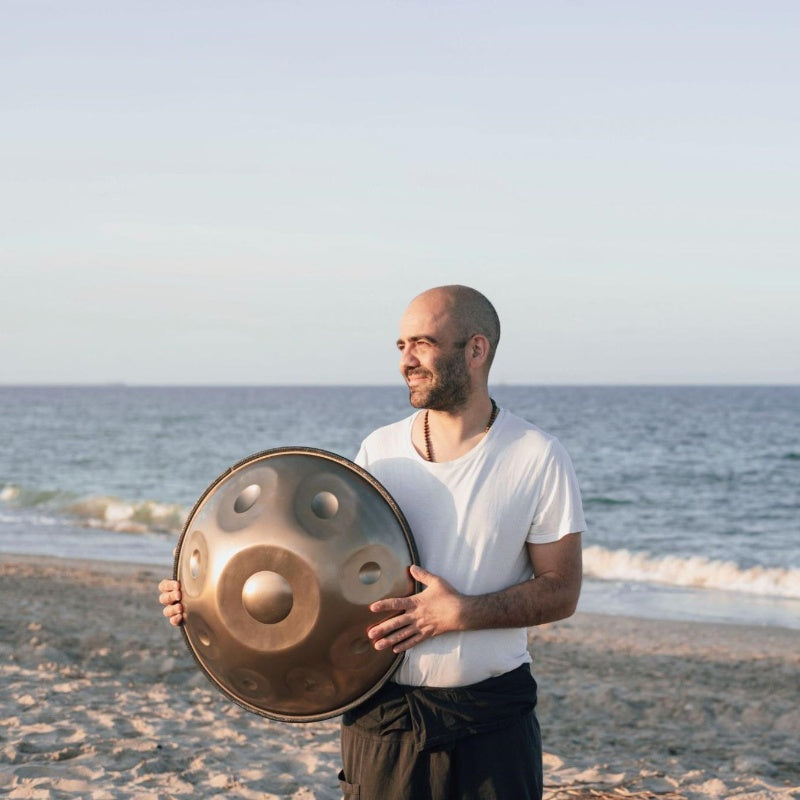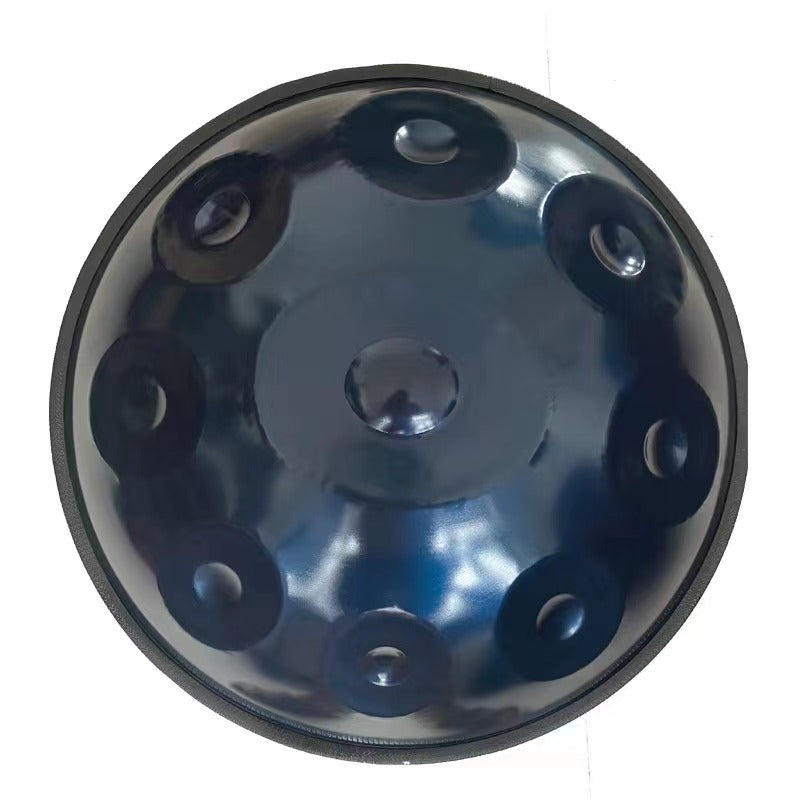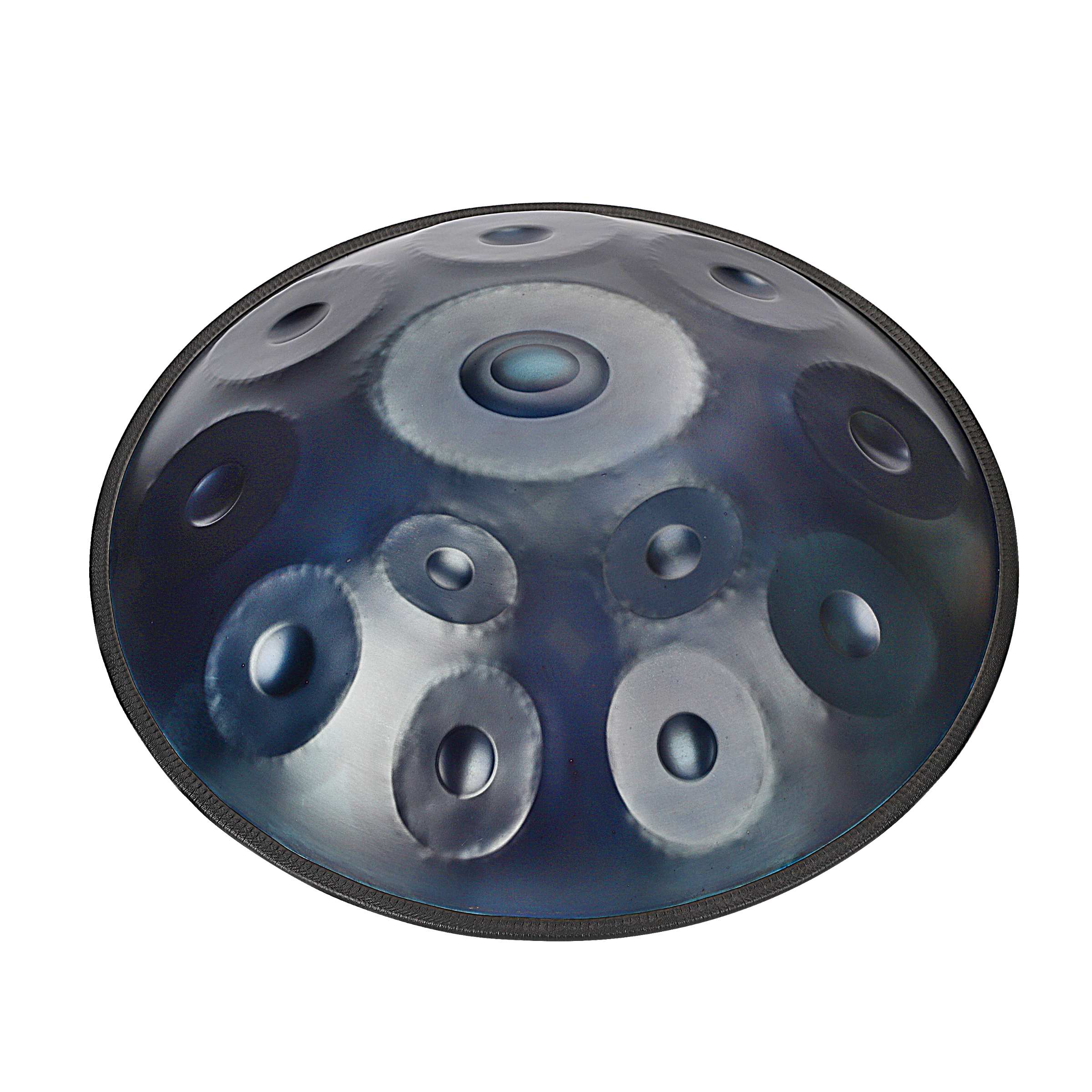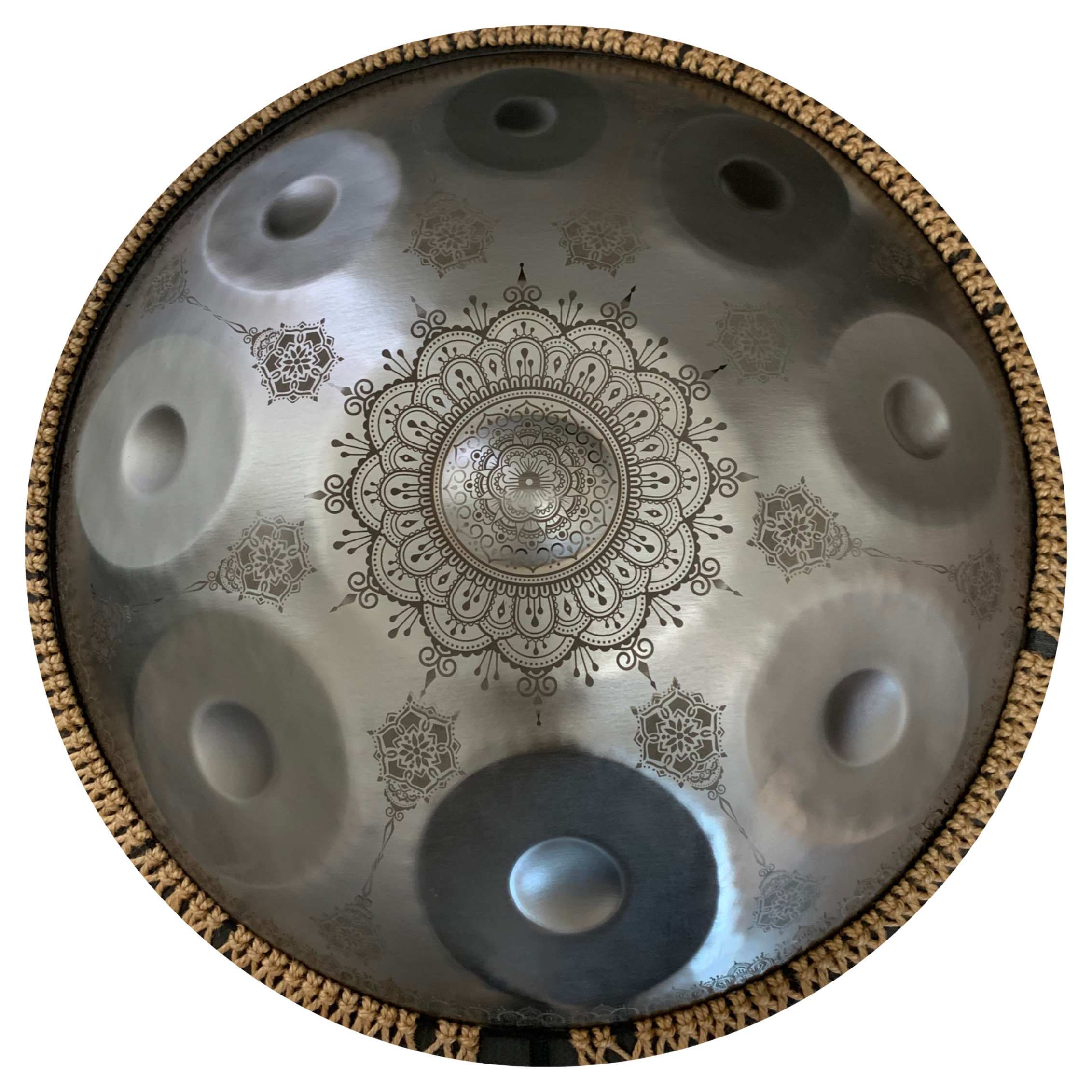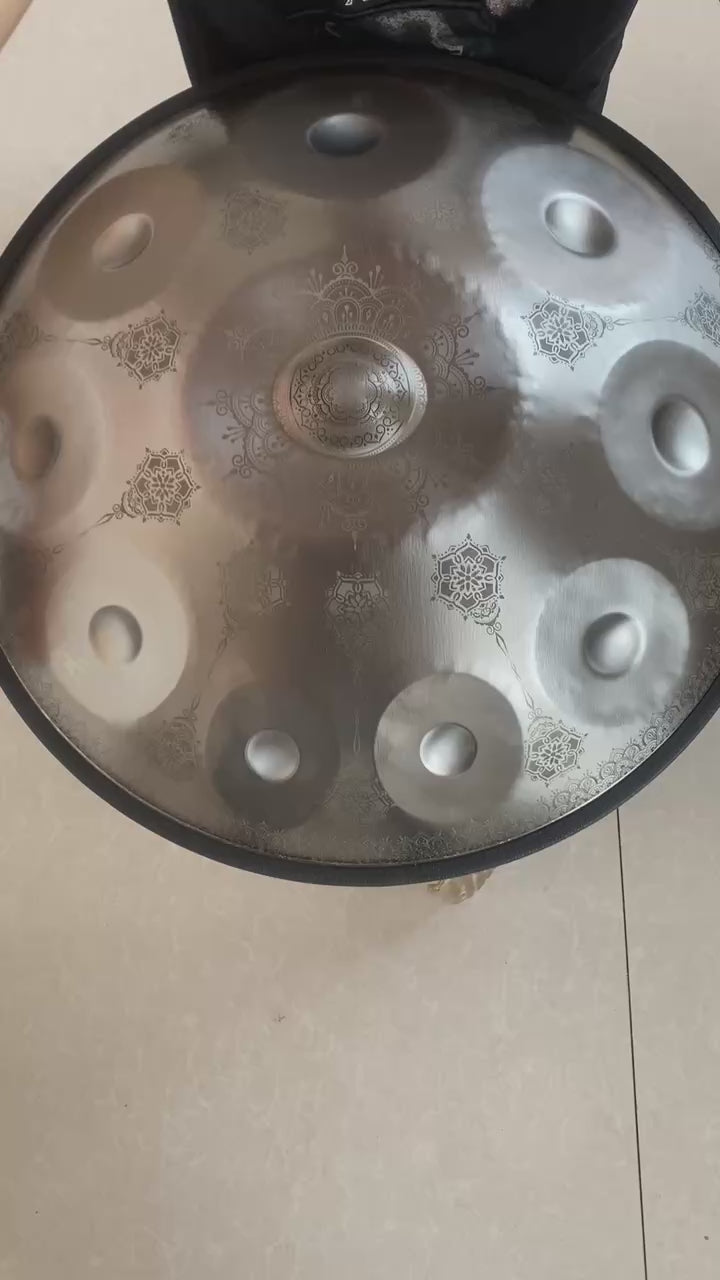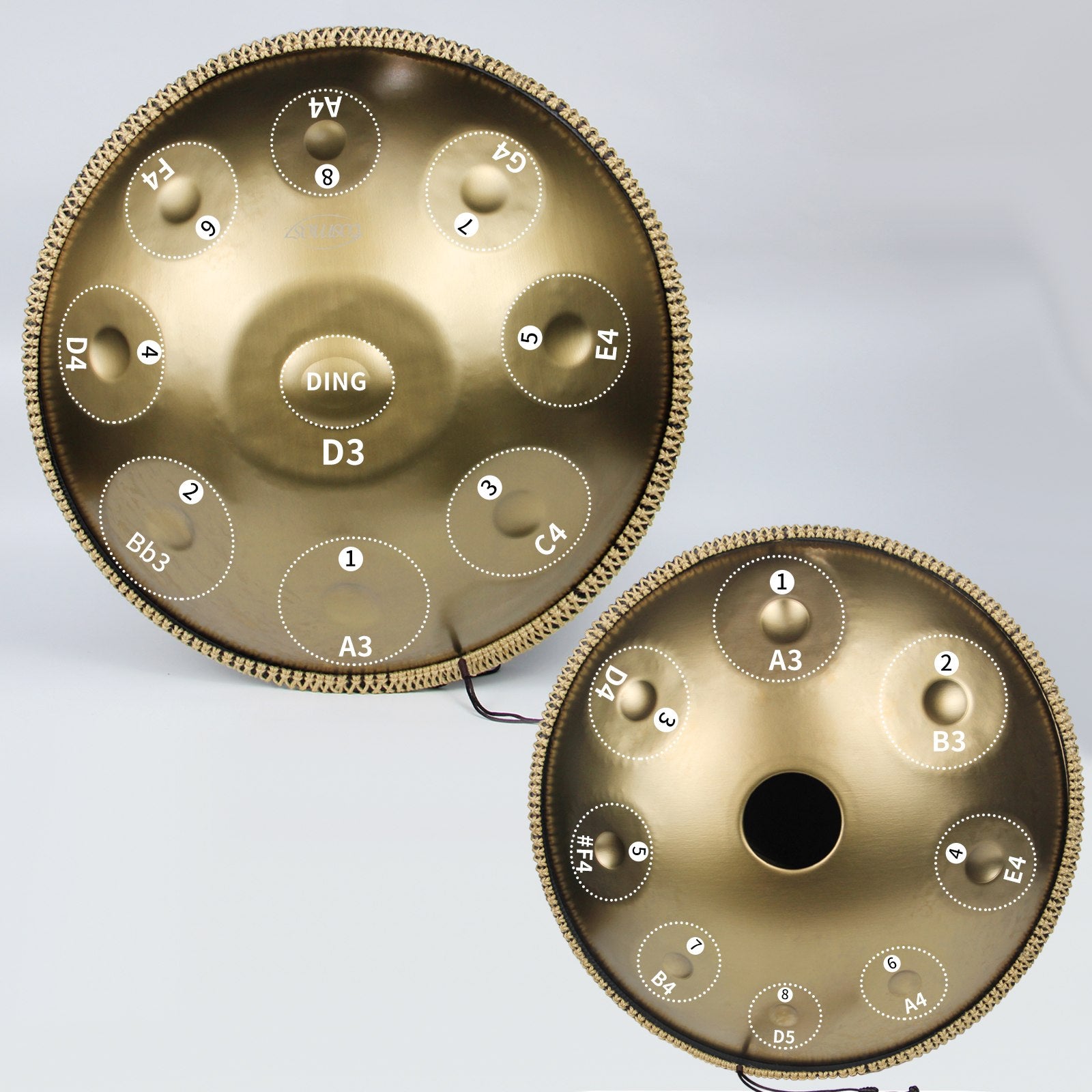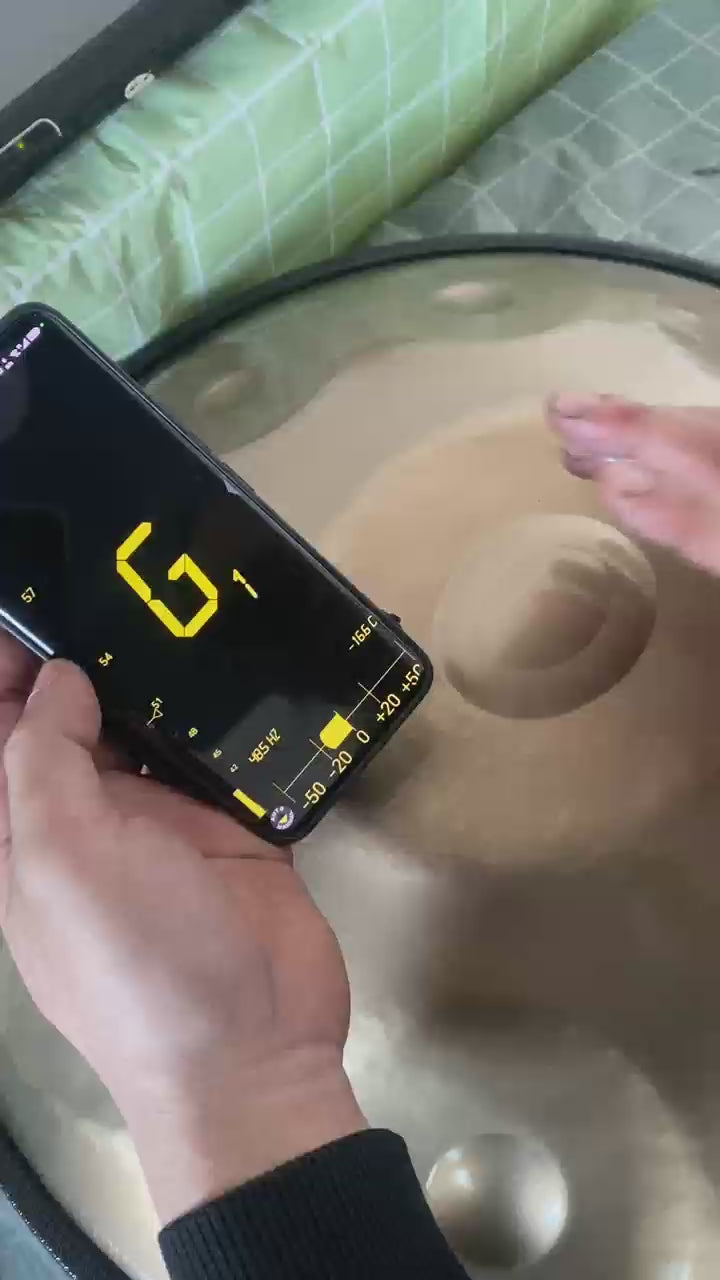The Hang Drum, which also goes by the name handpan, has been receiving attention for its melodies, sounds, and rhythms that make it so beneficial in music therapy. Invented a decade ago in Switzerland by Felix Rohner and Sabrina Schärer, the Hang Drum is a conglomerate of Caribbean steelpan and Indian ghatam, which has unique dimensions that place its usage in the therapeutic practice.

Hang Drum and Therapeutic Qualities
Hence, the Hang Drum's sound production is especially ideal for therapeutic use based on the kind of sound the Hang Drum makes: resonant and harmonious. The construction of the instrument often involves pentatonic and exotic scales that rule out the instances where one can play the wrong note and reduce stage fright since the focus is on creating music naturally. This makes it somewhat easy for people who have never played any musical instrument before to learn and play a musical instrument.
Helmholtz resonance is also possible with the handpan's construction: The sounds created by the instrument ring within the convex shape of the handpan, which can put out sonority to turn a room into a profoundly relaxing space. This resonance is important in sound healing, in which the ultimate objective is to employ sound waves for the individual's physical and emotional replenishment.
Advantages of using Music Therapy with the Hang Drum
It is a formal practice that has been used to achieve a number of objectives that are targeted in a therapy session, such as emotional and cognitive improvement as well as motor skills improvement (Verywell Mind). The Hang Drum's role in music therapy can be seen in several key areas: The Hang Drum's role in music therapy can be seen in several key areas:
Stress and Anxiety Reduction: The Hang Drum has soft, melodious noises that can calm a person down and help them release stress and anxiety away, along with undue muscle stress. The harmonic notes of the instrument can elicit the hormone of endorphins – the body's natural stress inhibitors helping to reduce heart rates and blood pressure.
Emotional and Psychological Healing: The Hang Drum can be of usefulness for people with depression, PTSD, or other anxiety disorders where words can be avoided in favor of a more soothing and nonverbal way of catharsis. The quality of sound emitted from the instrument gives a cathartic effect for people to pass on suppressed emotions and also helps in providing relaxation and emotional health.
Cognitive and Motor Skills Development: Interacting with the Hang Drum has beneficial effects on the human brain that involve memory, attention, and problem-solving abilities. Moreover, practicing leads to better condition of the hands and fingers and better and more precise hand-eye coordination, which is facilitative, especially to the learners and those who underwent neurological operations.
Community and Social Interaction: Global group music therapy that targets people using the Hang Drum helps to enhance their social relations. Such an approach of the instrument supports the inclusiveness of all the participants to have coconstructive activities to make balanced pitches to improve the connections and feelings of acceptance and support with other people.
Application of knowledge/idea and examples
Different kinds of uses of the Hang Drum in music therapy are beneficial, as shown by different samples of the hang drum in practical contexts. For example, Oliver Jacobson, the music therapist at UCSF Benioff Children's Hospital, used the Hang Drum to dispel the stress and tension of children admitted for treatment. The Hang Drum is used in communal environments like support groups, especially for patients with acquired brain injuries, where one gets the opportunity to relax and even socially interact with the other patients, and most important, they are able to feel happy and proud to have composed that particular music.
Specifically concerning education, the Hang Drum has been used in pre-schools and primary schools in order to address issues of the children's resilience, as well as improve their learning results. This instrument has an appealing and rather soothing sound that can be easily mastered, thus resulting in increased children's self-esteem and inspiration toward teamwork and imagination.
A brief look at the science behind the healing that can occur when participating in music and movement activities.
Sound therapy works based on something known as vibration, frequency as well and resonance. Every structure in the universe oscillates at specific frequencies, and the sounds that the Hang Drum gives out have frequencies that are understood by the human body. In infusing the hand pan into their work, they develop what is known as entrainment whereby an object oscillating at a certain frequency, in this case, the Hang Drum, gets to influence the oscillation of another object with a different frequency, in this case, the human body. This synchronization helps in the relaxation and combating of stress.
It is ideal and soothing regarding the frequency ratio of the Hang Drum's sounds. On each note in the handpan, there exists a basic pitch, an octave harmonic, and a quaternary, which is the combination of five tones. This is a rather sophisticated frequency ratio which is, in fact, simplified; thus, it is extremely attractive and soothing to the human mind.
Effects Relating to Different Groups
The method of playing Hang Drum has positive implications for different types of populations. In regard to children and adolescents, it helps to form identities, enhance language, and address the emotional issues that may appear in adults, such as chronic pain sufferers and depressed and anxious patients; the instrument offers them a non-invasive, relatively cheap, and self-administered therapy. The same research has also revealed that music therapy, when incorporated into conventional treatment such as CBT exercises, has proved effective in reducing symptoms of depression or anxiety.
The Hang Drum may be helpful for patients who have dementia or other similar memory problems as it will remind them of something positive and benefit their cognitive health at the same time. Thus, using the musical instrument, one can maintain an environment where no one gets annoyed, which in turn improves everyone's mood.
The Use of Hang Drum in Music Therapy Services
The application of the Hang Drum into the music therapy process can be done in the following manners. With respect to the use of the instrument, the therapists can make use of it to provide a serene environment during guided exercises such as meditations. The handpan can also be used as a primary component in various interactive sessions with the clients having to engage in playing the musical instrument, thus making therapy more real and tangible.
The Hang Drum further has elements that would be of advantage when it comes to group sessions along the line, facilitating togetherness within the session. The sounds of the instrument promote interaction and help in developing one's interpersonal skills, which is why the instrument is perfect for creating communications based on unity.
Conclusion
The Hang Drum's uses are broad and far-reaching in music therapy and it has the potential to make a complete change. This characteristic makes it possible the mitigation stress, healing of emotions, sharpen technic and psychomotor performances, and conform to social relations. Since people increasingly turn their focus to nontraditional medicine, it seems perfectly logical that the Hang Drum will gradually assume a wide range of therapeutic uses and virtually any treatment setting. In this regard, the Hang Drum provides a harmonious solution to health problems that emanate from sounds and music.

